teaching "Language Arts":
Moving past mind maps
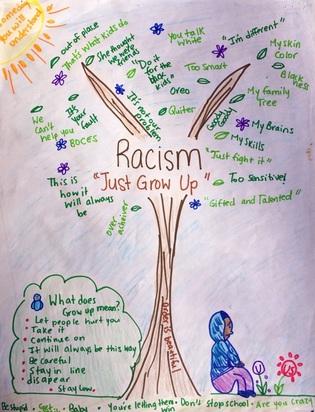
It is the voice that says: We need graduates who can innovate, who can think of original ideas and express them clearly. Can we teach these skills? Can we teach Creativity?
I emphatically answer Yes!
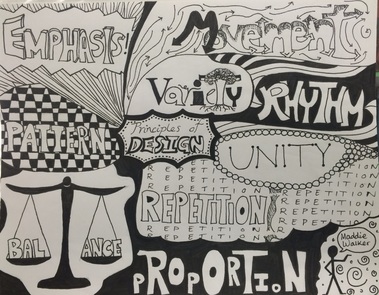
The first step to teaching creativity is to teach mind mapping. This valuable skill is quick to teach and easy to learn -- and it opens the gateway to creativity by showing students how simple it is to turn their thoughts into visual arts. YOU need to teach mind mapping...which leads the way to other language arts.an
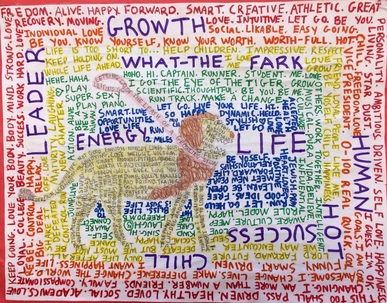
I never tell my students what to write. My mini-lessons focus on exposing them to different styles of language art, including calligrams, cartoons, pie charts, stream-of-consciousness works, photography, doodling, abstract art, visual poetry, blackout poetry, and any other similar work that I (or a student) might discover.
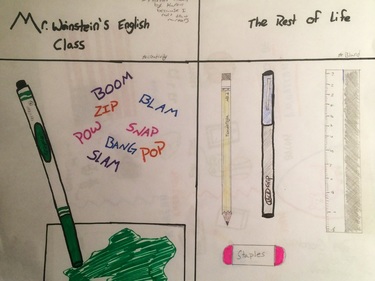
Hallelujah!!
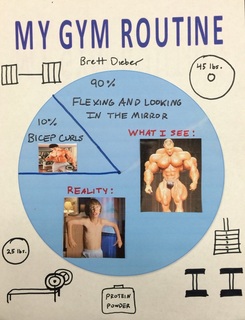
“The lesson architecture changes dramatically,” Linda Denstaedt, a teacher featured in the article. “Students have to make independent decisions about what to do and how to do it."
At the heart of authentic creativity lay the hearts of students: What stories do they have? What problem do they want to solve? What art do they want to create?
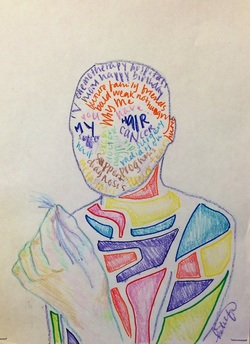
Creating language-arts pieces is a healthy, meditative, and reflective practice. This is why I created a mini-lesson entitled "The Therapeutic Value of Writing & Other Arts". This lesson invites students to up the ante and buy into what I'm teaching by creating meaningful work.
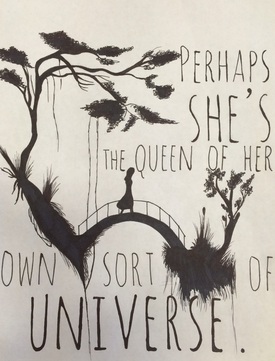
It begins with a student-centered, workshop approach. Elevate the creative quotient with colorful markers, visual notes, and mind-mapping. Top it off with lessons in the "language arts": a broad and inspiring field of ideas that is easy to teach and will impact student lives forever.
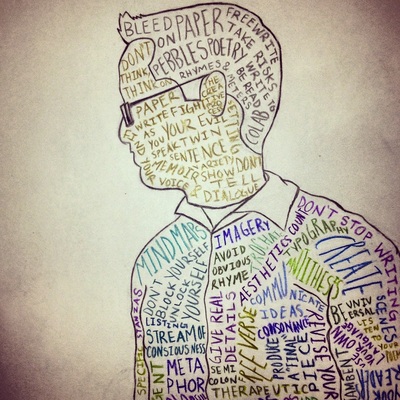
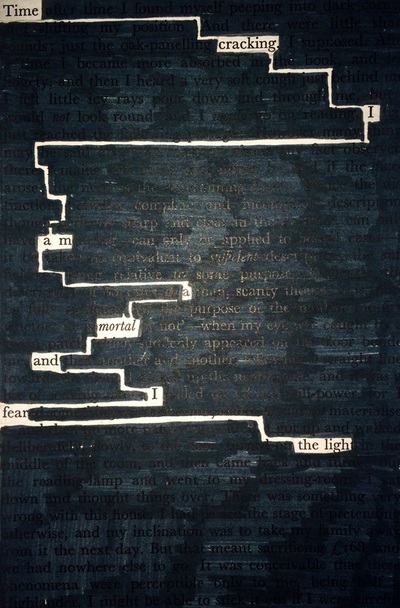
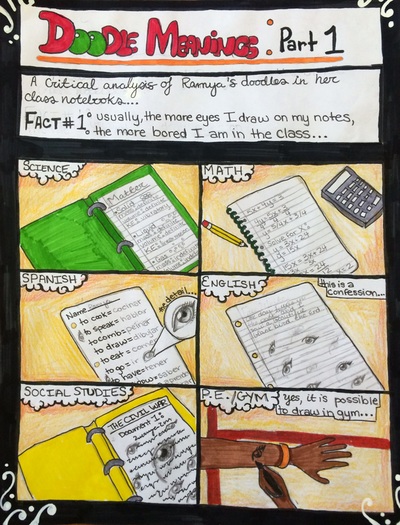
 RSS Feed
RSS Feed